Code
HCS34951
Weight
1.66 Kg / 3.66 lbs
Size
Height
31cm (12") Width
16cm (6") Depth
12cm (5") Material
Copper
Availability
Available

Safe Payment
We accept Paypal, Money Transfer, Bank Transfer
Confidence
Protection covers your purchase and personal data.
Worldwide Delivery
We ship Worldwide, except Russia.Shipping cost US$25.2 for upto 0.5 kgs

Hotline
Talk to help line for your question on 9841267335Gold Painted Face
The face of [vajrayogini], Buddhist Handmade Statue, [full Gold Plated], [face Paint] is painted with gold to enhance its significant features, particularly the eyes, and lips. This detailed painting is essential as it brings forth the crucial attributes of the expression of eyes and lips that metal carving alone cannot capture.
Moreover, the painted face serves as a symbolic and sacred ritual in Buddhism, preparing the statue for consecration and practice. The act of painting the face with gold in Buddhism holds deep meaning. It represents the intention to bring life and expression to the statue, imbuing it with a sense of vitality and presence. The application of gold on the face showcases the devotion and craftsmanship of the artisans, ensuring that every detail is carefully attended to honor the sacred essence of the [vajrayogini], Buddhist Handmade Statue, [full Gold Plated], [face Paint] . Read More . . .
The face of [vajrayogini], Buddhist Handmade Statue, [full Gold Plated], [face Paint] is painted with gold to enhance its significant features, particularly the eyes, and lips. This detailed painting is essential as it brings forth the crucial attributes of the expression of eyes and lips that metal carving alone cannot capture.
Moreover, the painted face serves as a symbolic and sacred ritual in Buddhism, preparing the statue for consecration and practice. The act of painting the face with gold in Buddhism holds deep meaning. It represents the intention to bring life and expression to the statue, imbuing it with a sense of vitality and presence. The application of gold on the face showcases the devotion and craftsmanship of the artisans, ensuring that every detail is carefully attended to honor the sacred essence of the [vajrayogini], Buddhist Handmade Statue, [full Gold Plated], [face Paint] . Read More . . .
Partly Gold plating.
This [vajrayogini], Buddhist Handmade Statue, [full Gold Plated], [face Paint] has a Partly gold-plated finish. Partly fire gold gilding, a common practice in Nepali handicrafts. This technique is skillfully employed by artisans to create intricate designs on various metal objects, including statues, jewelry, and decorative items. Through a process, a mask or resist is applied to safeguard specific areas from the gold plating. The object is then subjected to high temperatures, allowing the gold to beautifully adhere to exposed surfaces using a combination of heat and pressure.
In the realm of Buddhist statues, this technique holds additional significance as it distinguishes the golden-plated body from the oxidized or maroon-painted clothing. This visual separation conveys the contrast between the divine purity of the body and the modest attire symbolizing the humble lifestyle of Buddhist monks. The partly fire gold gilding not only adds exquisite detail and elegance but also embodies the deep cultural and spiritual meaning associated with these treasured artifacts. Read More . . .
This [vajrayogini], Buddhist Handmade Statue, [full Gold Plated], [face Paint] has a Partly gold-plated finish. Partly fire gold gilding, a common practice in Nepali handicrafts. This technique is skillfully employed by artisans to create intricate designs on various metal objects, including statues, jewelry, and decorative items. Through a process, a mask or resist is applied to safeguard specific areas from the gold plating. The object is then subjected to high temperatures, allowing the gold to beautifully adhere to exposed surfaces using a combination of heat and pressure.
In the realm of Buddhist statues, this technique holds additional significance as it distinguishes the golden-plated body from the oxidized or maroon-painted clothing. This visual separation conveys the contrast between the divine purity of the body and the modest attire symbolizing the humble lifestyle of Buddhist monks. The partly fire gold gilding not only adds exquisite detail and elegance but also embodies the deep cultural and spiritual meaning associated with these treasured artifacts. Read More . . .
Lost-Wax System
This Vajrayogini of [vajrayogini], Buddhist Handmade Statue, [full Gold Plated], [face Paint] is made by the process of the Lost Wax system. This is a very complicated, time consuming and historic process of making metal sculptures.Which is why it is sometimes called Precision Casting as well. Hence the sculptures made by this process are comparatively expensive. There are many new, advanced and less time consuming methods of casting metal sculptures available as well. But due to the benefits provided by the traditional lost wax system in quality control and customization, we prefer the Loss wax system over Ceramic molding, or sand casting to make our Vajrayogini.
Below we have tried to illustrate the process of making a loss wax system statue: Read More . . .
This Vajrayogini of [vajrayogini], Buddhist Handmade Statue, [full Gold Plated], [face Paint] is made by the process of the Lost Wax system. This is a very complicated, time consuming and historic process of making metal sculptures.Which is why it is sometimes called Precision Casting as well. Hence the sculptures made by this process are comparatively expensive. There are many new, advanced and less time consuming methods of casting metal sculptures available as well. But due to the benefits provided by the traditional lost wax system in quality control and customization, we prefer the Loss wax system over Ceramic molding, or sand casting to make our Vajrayogini.
Below we have tried to illustrate the process of making a loss wax system statue: Read More . . .
Brief Introduction :
Vajrayogini, literally 'the diamond female yogi'. She is a Highest Yoga Tantra Yidam , and her practice includes methods for preventing ordinary death, intermediate state and rebirth (by transforming them into paths to enlightenment), and for transforming all mundane daily experiences into higher spiritual paths. Vajrayoginī is a generic female yidam and although she is sometimes visualized as simply Vajrayoginī, in a collection of her sādhanas she is visualized in an alternate form in over two thirds of the practices. Her other forms include Vajravārāhī and Krodikali. Vajrayoginī is a ḍākiṇī and a Vajrayāna Buddhist meditation deity. As such she is considered to be a female Buddha.
Iconography :Vajrayoginī is often described with the epithet sarva-buddha-dakinī, meaning 'the ḍākiṇī who is the Essence of all Buddhas'.Vajrayogini's sādhana, or practice, originated in India between the tenth and twelfth centuries. It evolved from the Chakrasaṃvara sādhana, where Vajrayoginī appears as his yab-yum consort, to become a stand-alone practice of anuttarayoga tantra in its own right. The practice of Vajrayoginī belongs to the Mother Tantra (Tibetan: ma-rgyud) class of anuttarayoga tantra, along with other tantras such as Heruka Chakrasaṃvara and Hevajra.
According to scholar Miranda Shaw, Vajrayoginī is "inarguably the supreme deity of the Tantric pantheon. No male Buddha, including her divine consort, Heruka Chakrasaṃvara, approaches her in metaphysical or practical import."A number of lamas and other contemporary scholars do in fact argue otherwise, as Vajradhāra is widely considered the supreme deity of the Tantric pantheon, but the importance of Vajrayoginī is agreed upon.
Vajrayoginī is visualized as the translucent, deep red form of a 16 year old female with the third eye of wisdom set vertically on her forehead. Vajrayoginī is generally depicted with the traditional accoutrements of a ḍākiṇī including a cleaver (Tib. drigug, Skt. kartṛī) marked with a vajra in her right hand and a kapala (skull cup) in her left hand which is filled with blood that she partakes of with her upturned mouth. Her consort Chakrasaṃvara is often symbolically depicted as a khaṭvāṇga on Vajrayoginī's left shoulder, when she is in 'solitary hero' form. Vajrayoginī's khatvanga is marked with a vajra and from it hang a damaru drum, a bell, and a triple banner. Her extended right leg treads on the chest of red Kālarātri, while her bent left leg treads on the forehead of black Bhairava, bending his head backward and pressing it into his back at the level of his heart. Her head is adorned with a crown of five human skulls and she wears a necklace of fifty human skulls. She is depicted as standing in the center of a blazing fire of exalted wisdom.
Each aspect of Vajrayoginī's form and mandala is designed to convey a spiritual meaning. For example, her brilliant red-colored body symbolizes the blazing of her inner fire (Tib. tummo). Her single face symbolizes that she has realized that all phenomena are of one nature in emptiness. Her two arms symbolize her realization of the two truths. Her three eyes symbolize her ability to see everything in the past, present and future. She looks upward toward the Pure Dākiṇī Land (Skt. Kechara), demonstrating her attainment of outer and inner Pure Dākiṇī Land, and indicating that she leads her followers to these attainments. The curved drigug knife in her right hand shows her power to cut the continuum of the delusions and obstacles of her followers and of all living beings. Drinking the nectar of blood from the kapala in her left hand symbolizes her experience of the clear light of bliss.
In her form as Vajravārāhī, when she is known as 'the Vajra Sow' she is often pictured with a sow's head on the side of her own as an ornament and in one form has the head of a sow herself. Vajrayoginī is often associated with triumph over ignorance, the pig being associated with ignorance in Buddhism. This sow head relates to the origins of Vajravārāhī from the Hindu sow-faced goddess Vārāhī.
The severed-headed form of Vajrayoginī is similar to the Indian goddess Chinnamasta who is recognized by both Hindus and Buddhists
According to scholar Miranda Shaw, Vajrayoginī is "inarguably the supreme deity of the Tantric pantheon. No male Buddha, including her divine consort, Heruka Chakrasaṃvara, approaches her in metaphysical or practical import."A number of lamas and other contemporary scholars do in fact argue otherwise, as Vajradhāra is widely considered the supreme deity of the Tantric pantheon, but the importance of Vajrayoginī is agreed upon.
Vajrayoginī is visualized as the translucent, deep red form of a 16 year old female with the third eye of wisdom set vertically on her forehead. Vajrayoginī is generally depicted with the traditional accoutrements of a ḍākiṇī including a cleaver (Tib. drigug, Skt. kartṛī) marked with a vajra in her right hand and a kapala (skull cup) in her left hand which is filled with blood that she partakes of with her upturned mouth. Her consort Chakrasaṃvara is often symbolically depicted as a khaṭvāṇga on Vajrayoginī's left shoulder, when she is in 'solitary hero' form. Vajrayoginī's khatvanga is marked with a vajra and from it hang a damaru drum, a bell, and a triple banner. Her extended right leg treads on the chest of red Kālarātri, while her bent left leg treads on the forehead of black Bhairava, bending his head backward and pressing it into his back at the level of his heart. Her head is adorned with a crown of five human skulls and she wears a necklace of fifty human skulls. She is depicted as standing in the center of a blazing fire of exalted wisdom.
Each aspect of Vajrayoginī's form and mandala is designed to convey a spiritual meaning. For example, her brilliant red-colored body symbolizes the blazing of her inner fire (Tib. tummo). Her single face symbolizes that she has realized that all phenomena are of one nature in emptiness. Her two arms symbolize her realization of the two truths. Her three eyes symbolize her ability to see everything in the past, present and future. She looks upward toward the Pure Dākiṇī Land (Skt. Kechara), demonstrating her attainment of outer and inner Pure Dākiṇī Land, and indicating that she leads her followers to these attainments. The curved drigug knife in her right hand shows her power to cut the continuum of the delusions and obstacles of her followers and of all living beings. Drinking the nectar of blood from the kapala in her left hand symbolizes her experience of the clear light of bliss.
In her form as Vajravārāhī, when she is known as 'the Vajra Sow' she is often pictured with a sow's head on the side of her own as an ornament and in one form has the head of a sow herself. Vajrayoginī is often associated with triumph over ignorance, the pig being associated with ignorance in Buddhism. This sow head relates to the origins of Vajravārāhī from the Hindu sow-faced goddess Vārāhī.
The severed-headed form of Vajrayoginī is similar to the Indian goddess Chinnamasta who is recognized by both Hindus and Buddhists
Mantra of Vajrajogni
oṃ oṃ oṃ sa rva bu ddha
ḍā ki ṇī ye va jra va
rṇa nī ye va jra vai ro
ca nī ye hūṃ hūṃ hūṃ pha
ṭ pha ṭ pha ṭ svā hā
ḍā ki ṇī ye va jra va
rṇa nī ye va jra vai ro
ca nī ye hūṃ hūṃ hūṃ pha
ṭ pha ṭ pha ṭ svā hā


![[vajrayogini], Buddhist Handmade Statue, [full Gold Plated], [face Paint]](https://handmadeexpo.com/pics/product/thumb/34951.jpg)
![[vajrayogini], Buddhist Handmade Statue, [full Gold Plated], [face Paint]](https://www.handmadeexpo.com/pics/product/thumb/34951_0.jpg)
![[vajrayogini], Buddhist Handmade Statue, [full Gold Plated], [face Paint]](https://www.handmadeexpo.com/pics/product/thumb/34951_1.jpg)
![[vajrayogini], Buddhist Handmade Statue, [full Gold Plated], [face Paint]](https://www.handmadeexpo.com/pics/product/thumb/34951_2.jpg)
![[vajrayogini], Buddhist Handmade Statue, [full Gold Plated], [face Paint]](https://www.handmadeexpo.com/pics/product/thumb/34951_3.jpg)
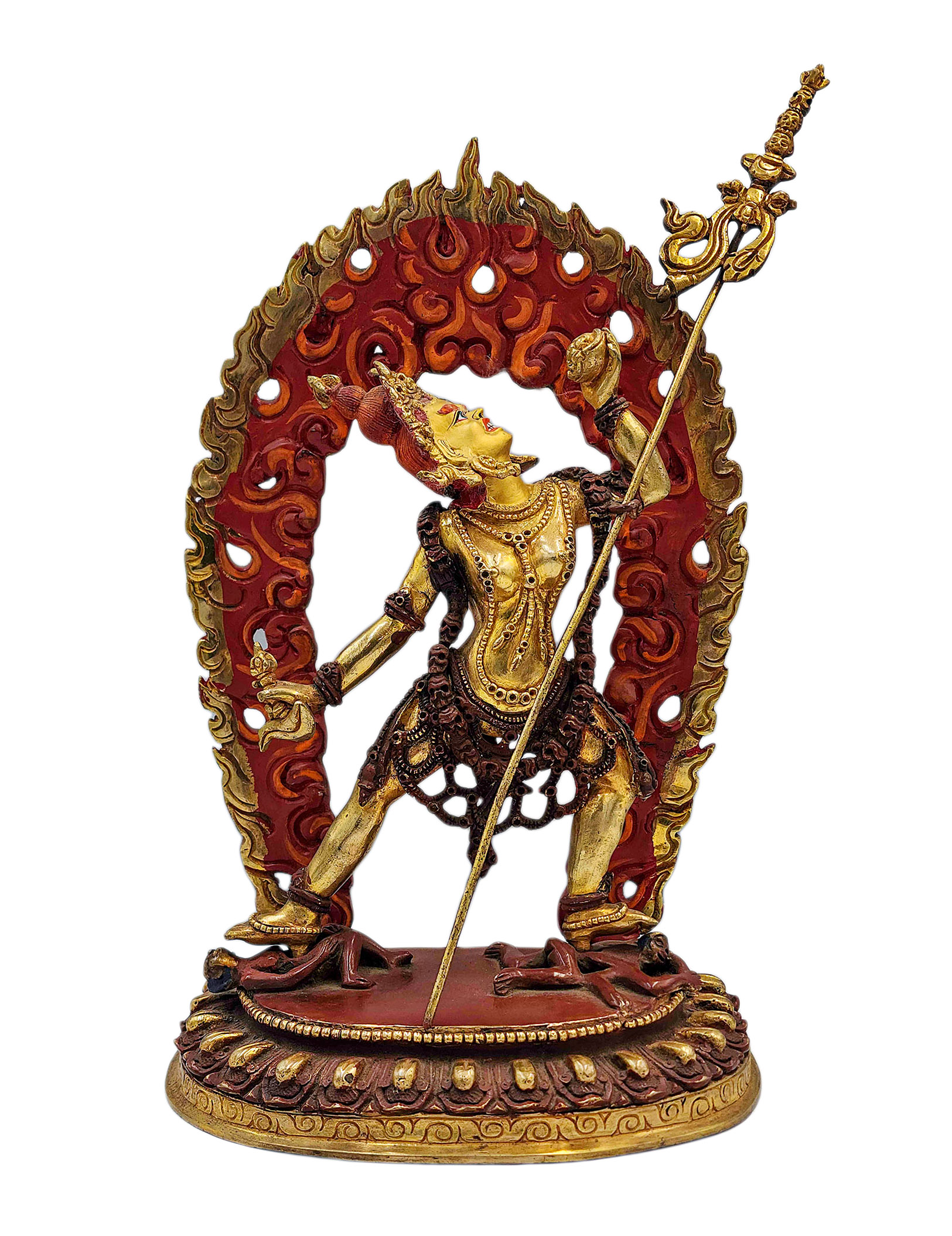



































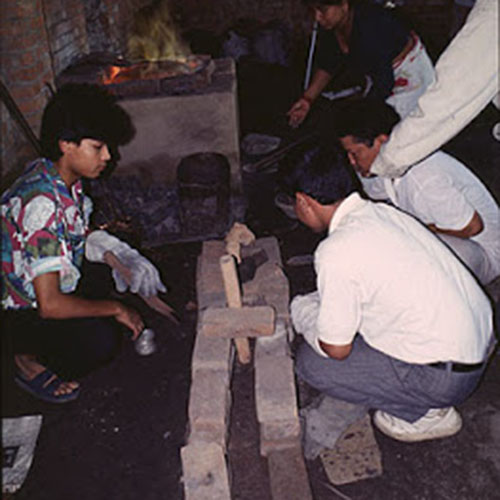
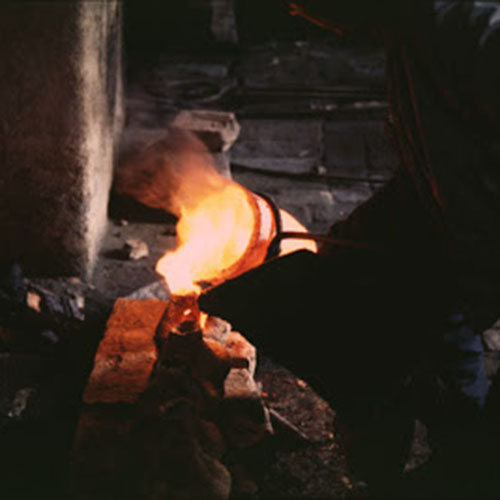

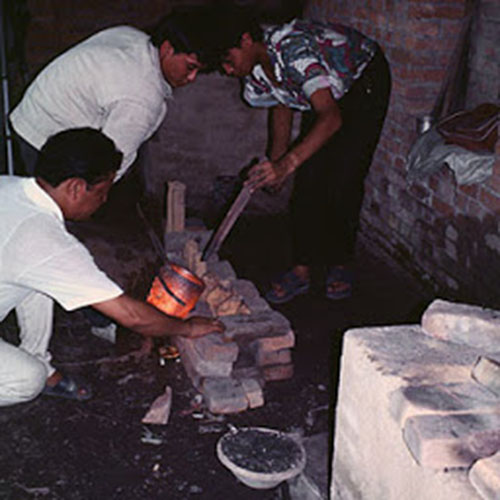
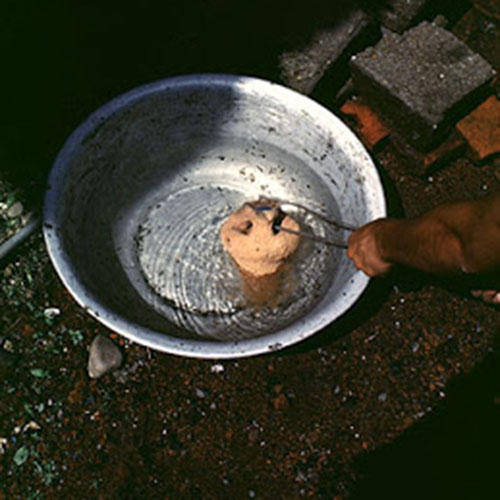
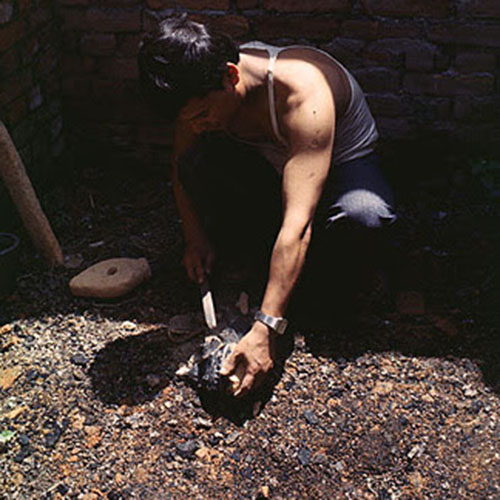





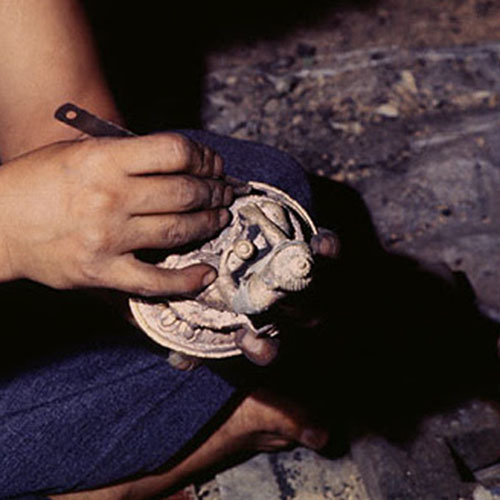
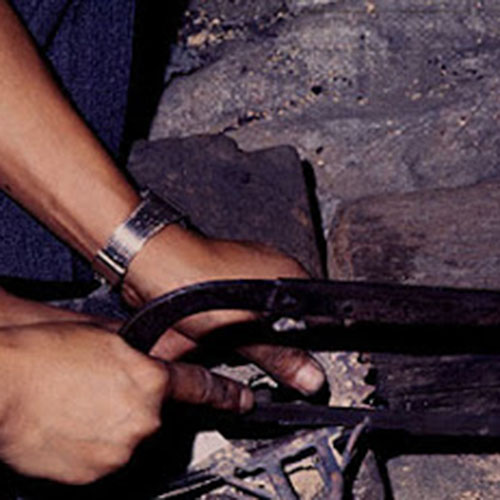
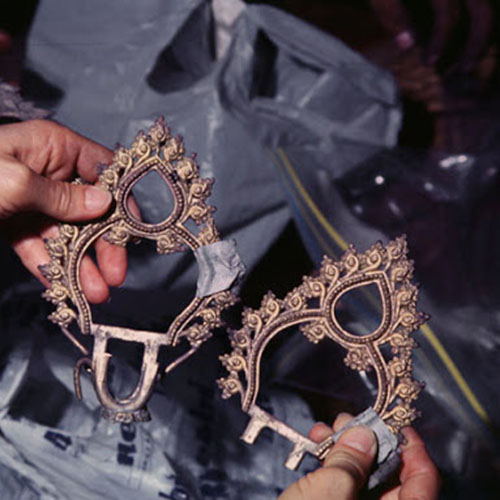



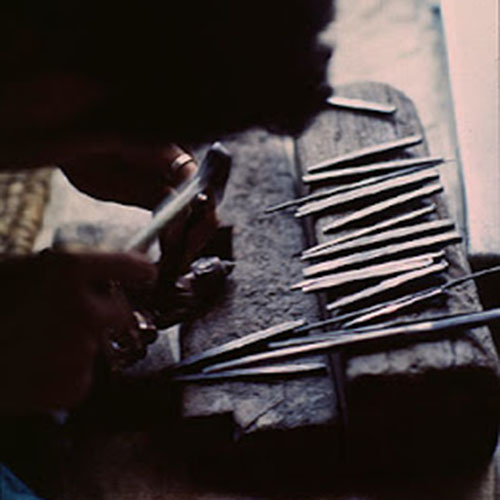
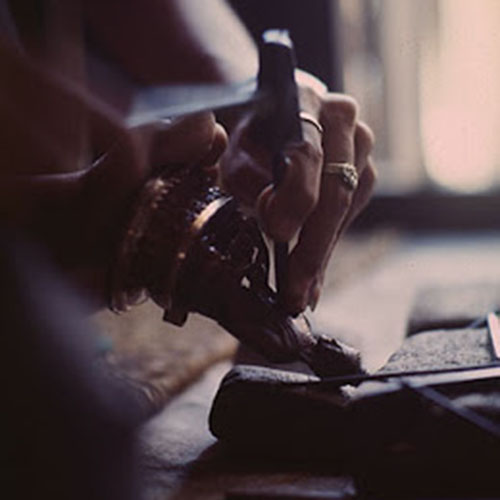
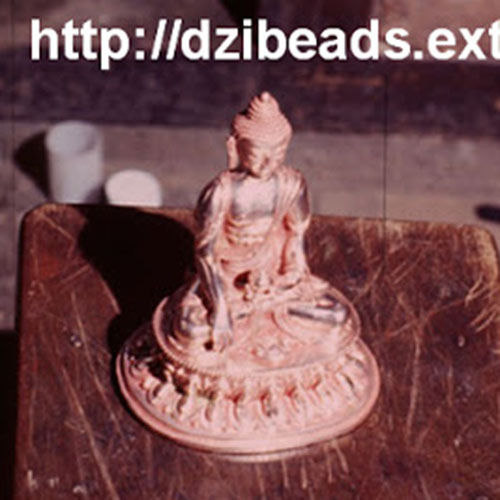
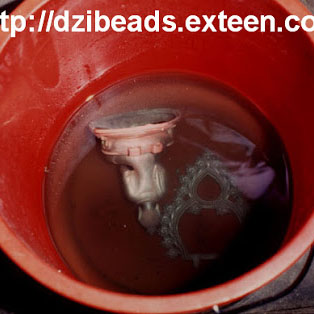
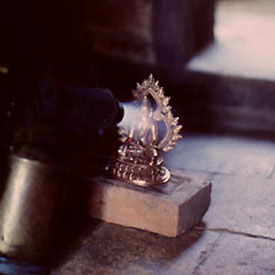
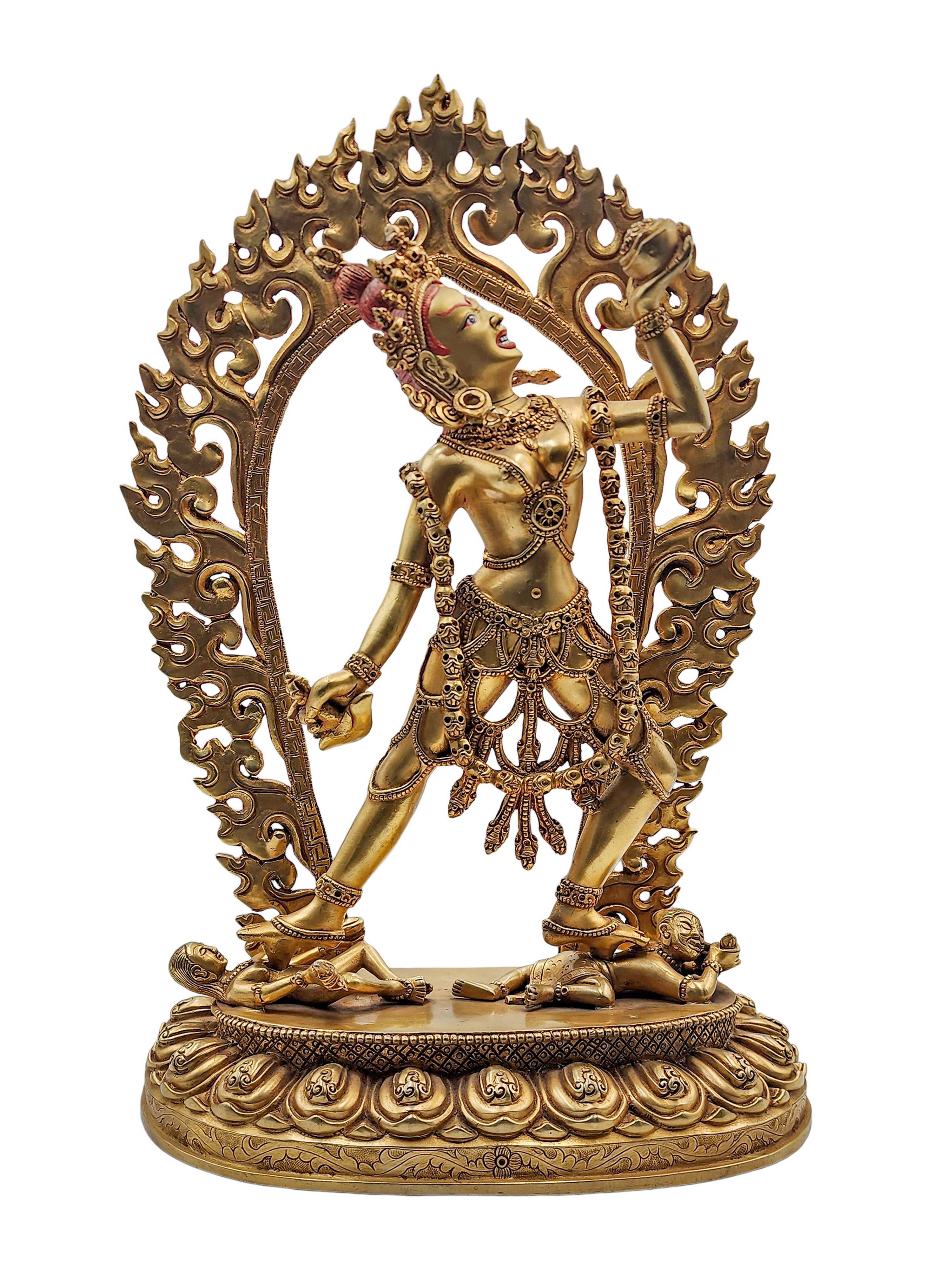 Vajrayogini, Buddhist Handmade Statue,
Vajrayogini, Buddhist Handmade Statue, 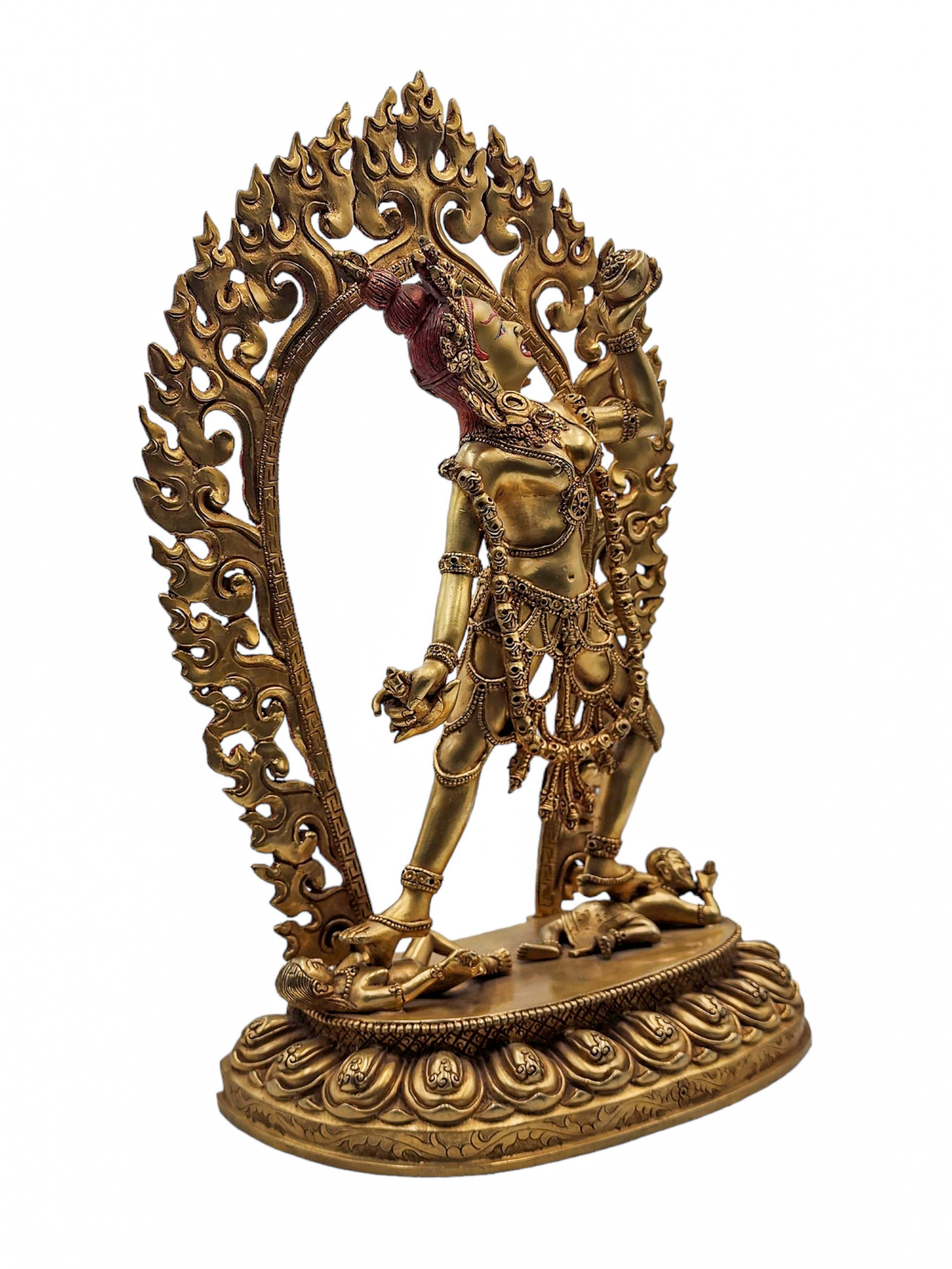 Vajrayogini, Buddhist Handmade Statue,
Vajrayogini, Buddhist Handmade Statue, 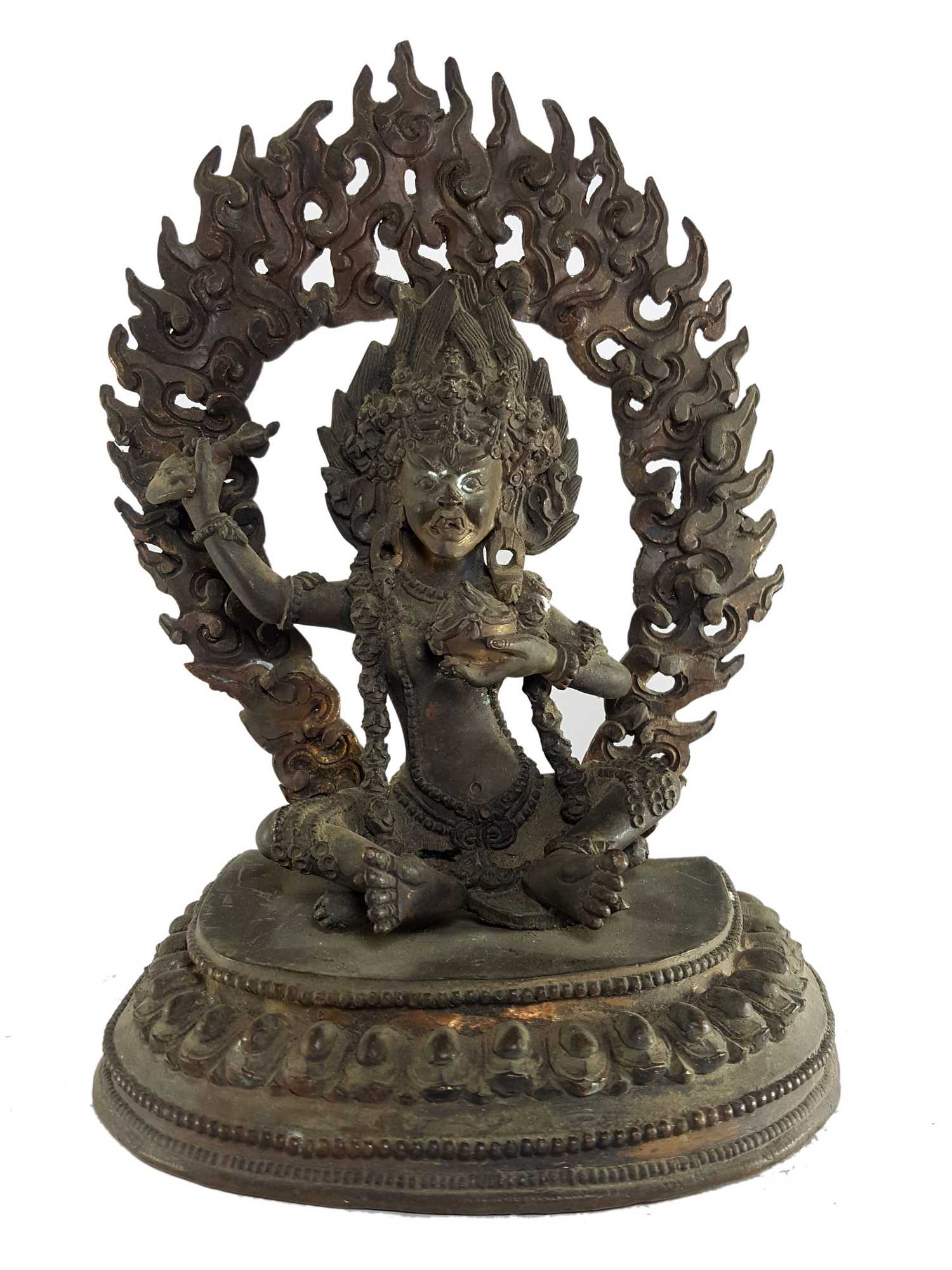 of Vajrayogini,
of Vajrayogini, 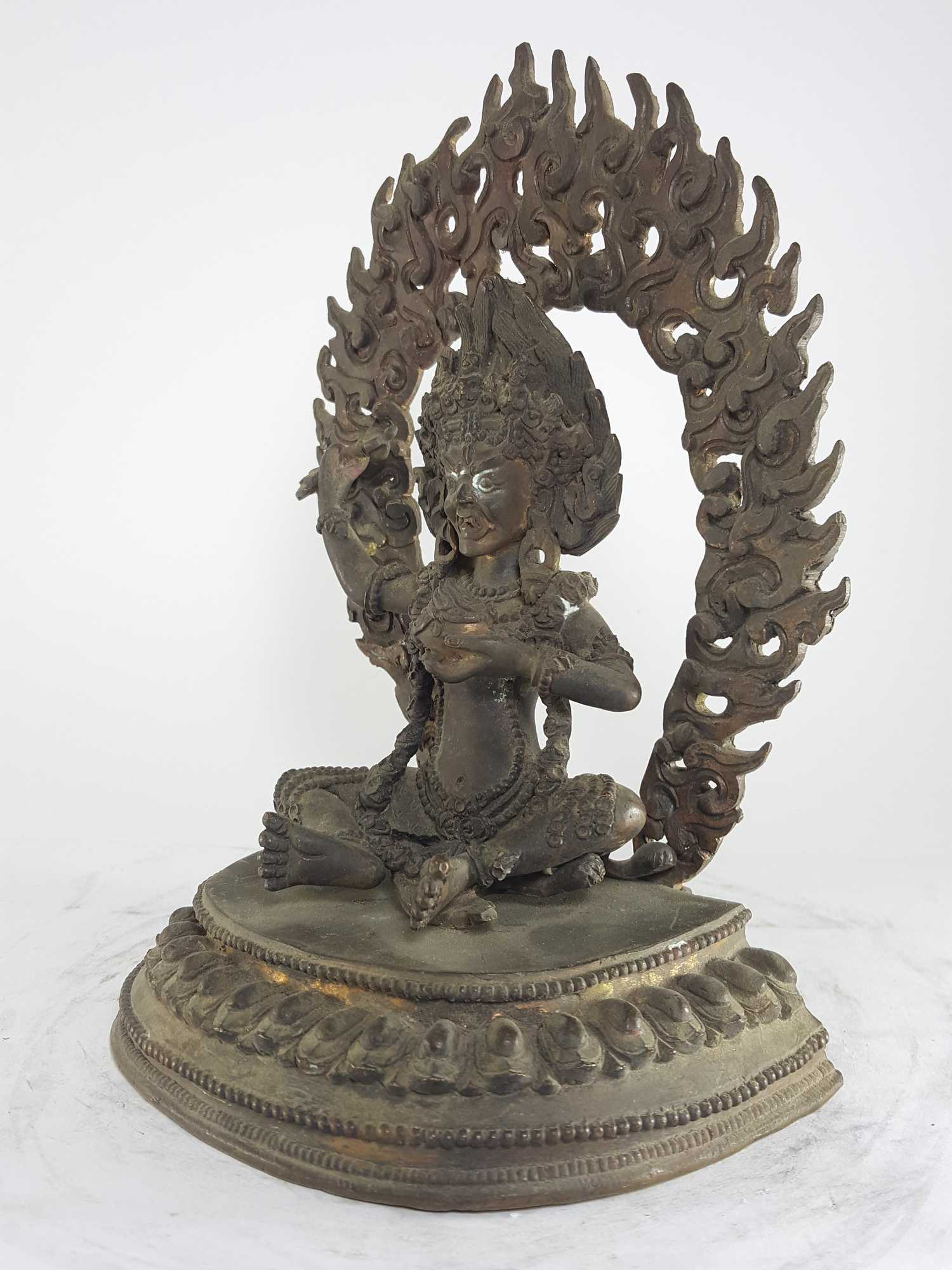 of Vajrayogini,
of Vajrayogini, 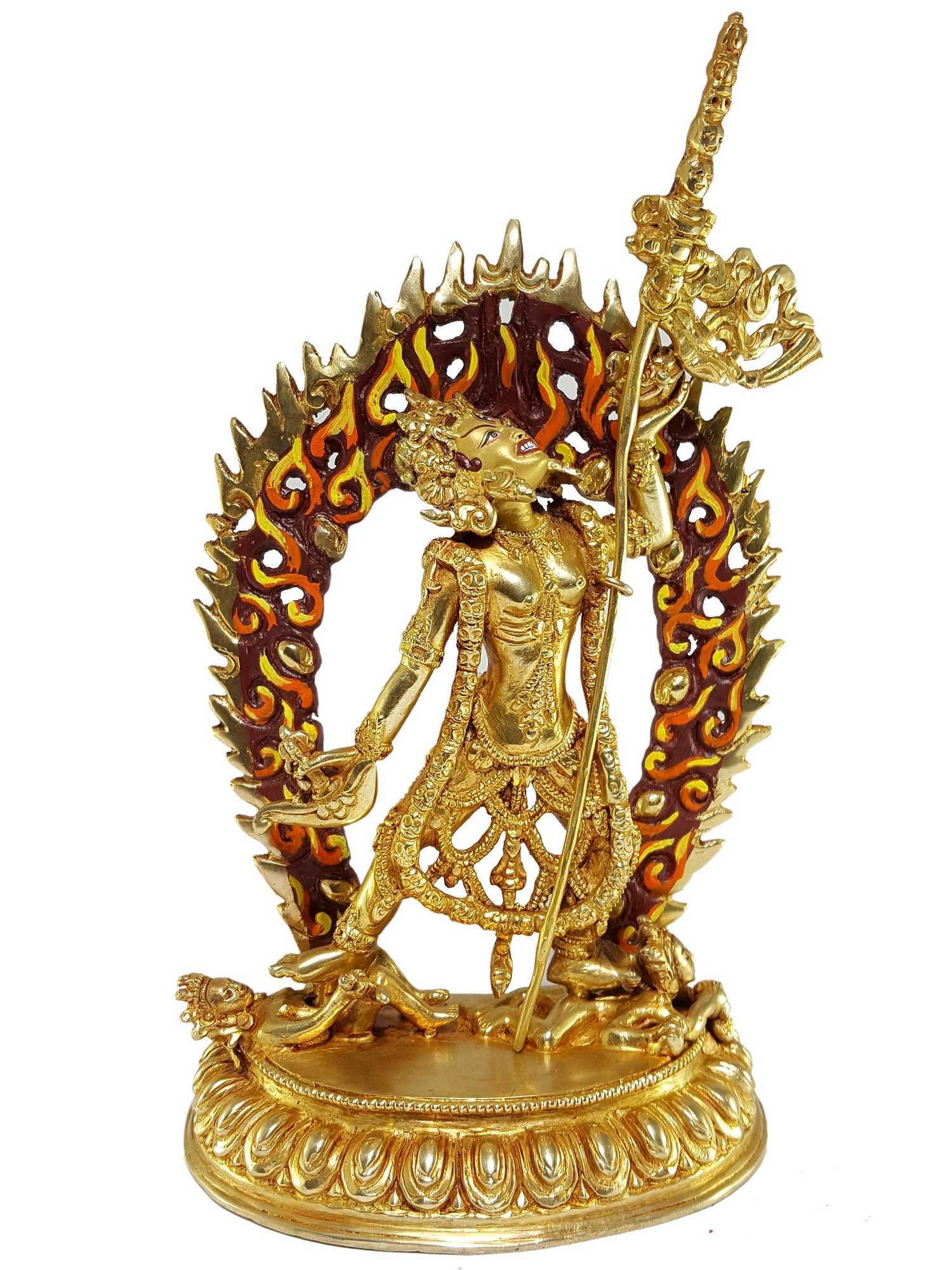 of Vajrayogini
of Vajrayogini 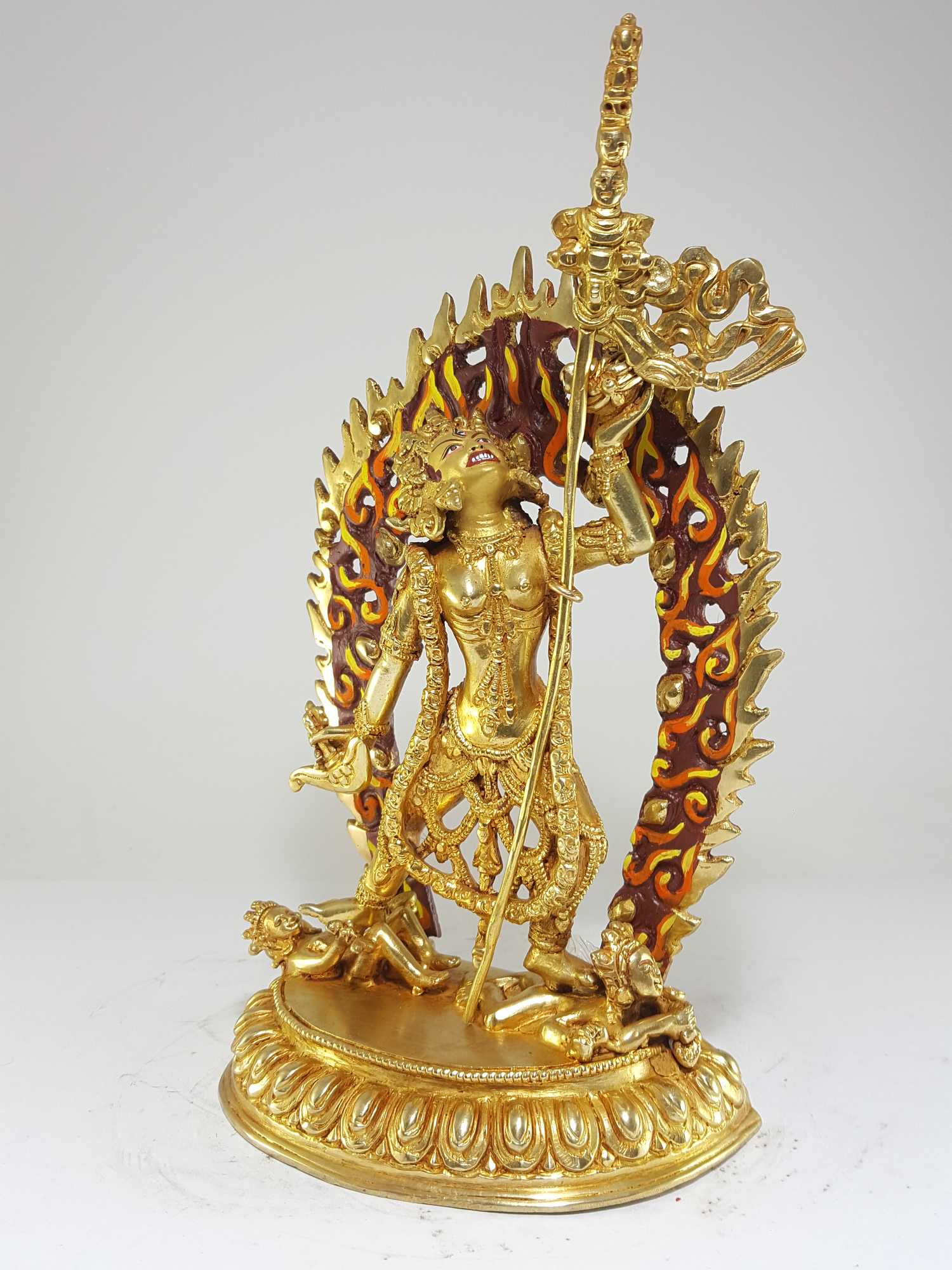 of Vajrayogini
of Vajrayogini 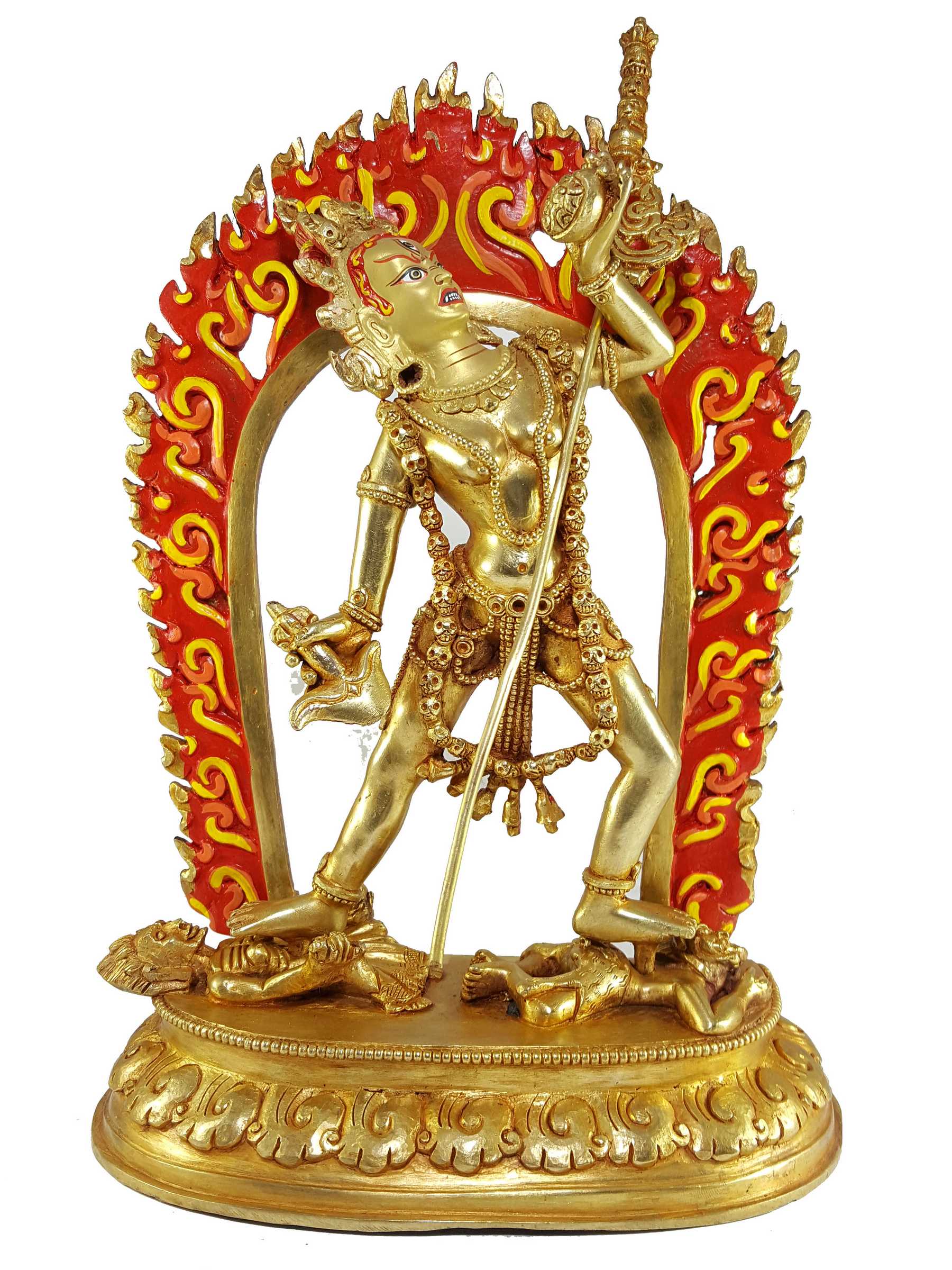 of Vajra Yogini
of Vajra Yogini 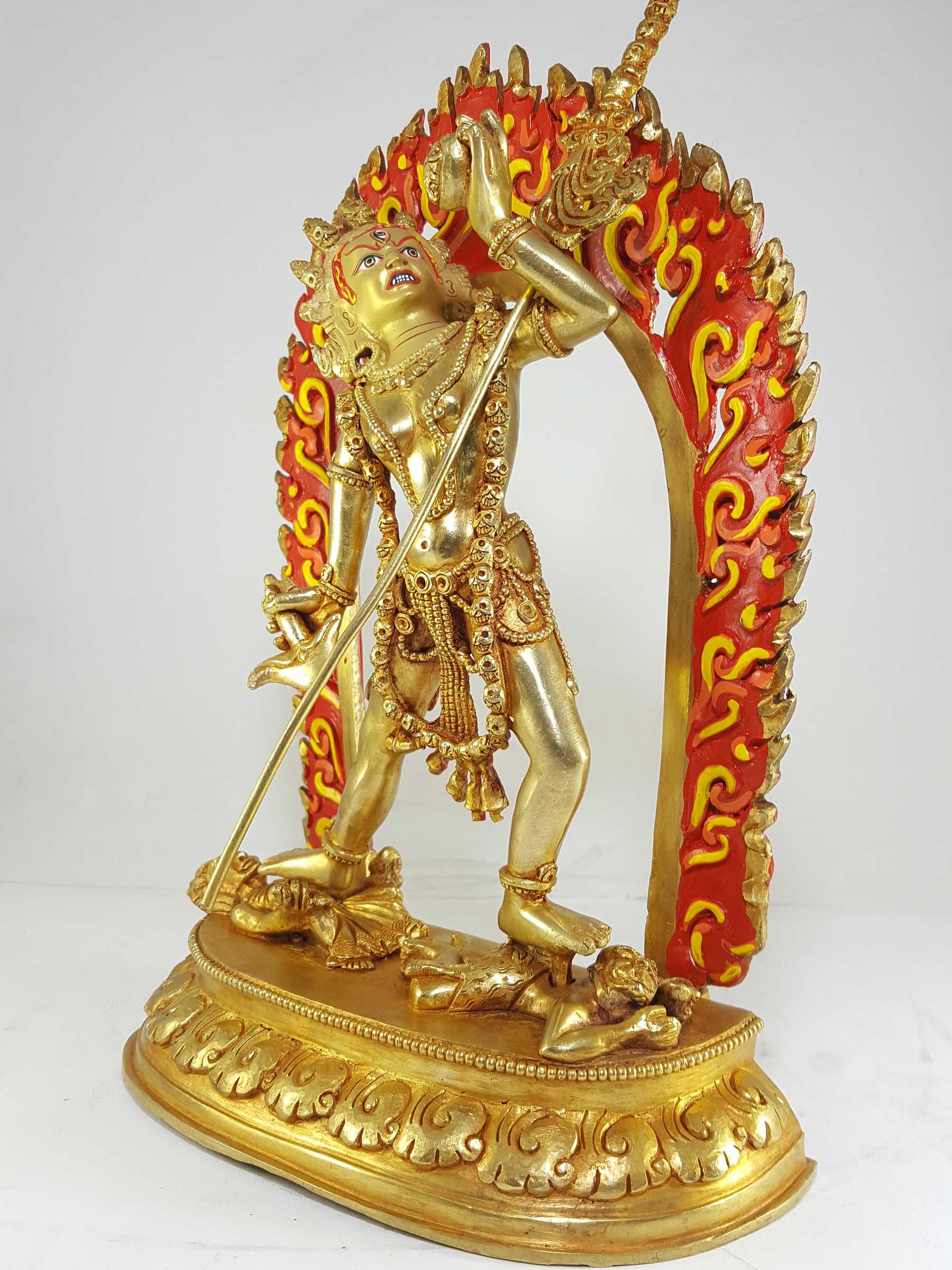 of Vajra Yogini
of Vajra Yogini 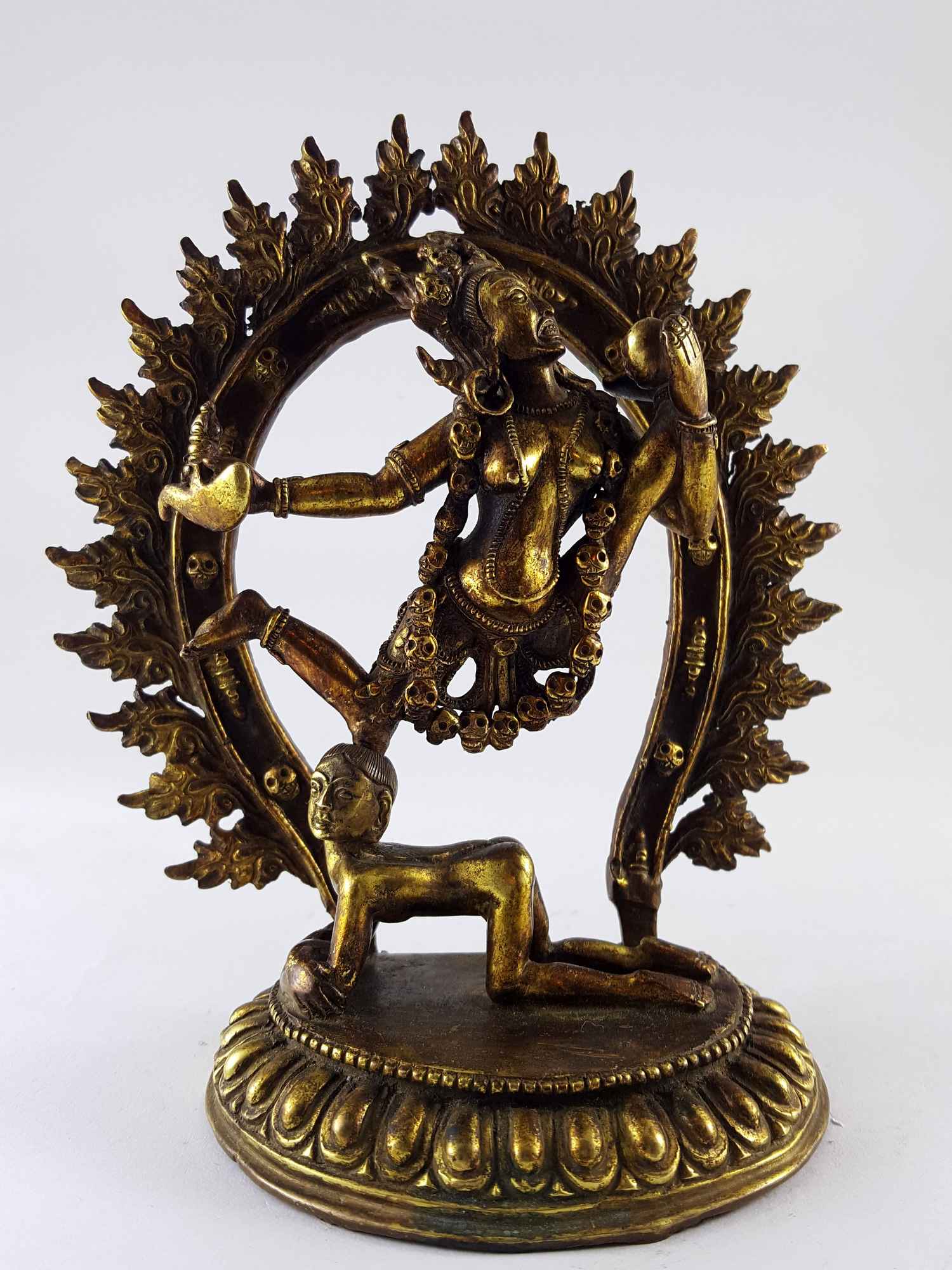 Rare Find, Akash Yogini, Vidyadhari, Statue - Copper
Rare Find, Akash Yogini, Vidyadhari, Statue - Copper 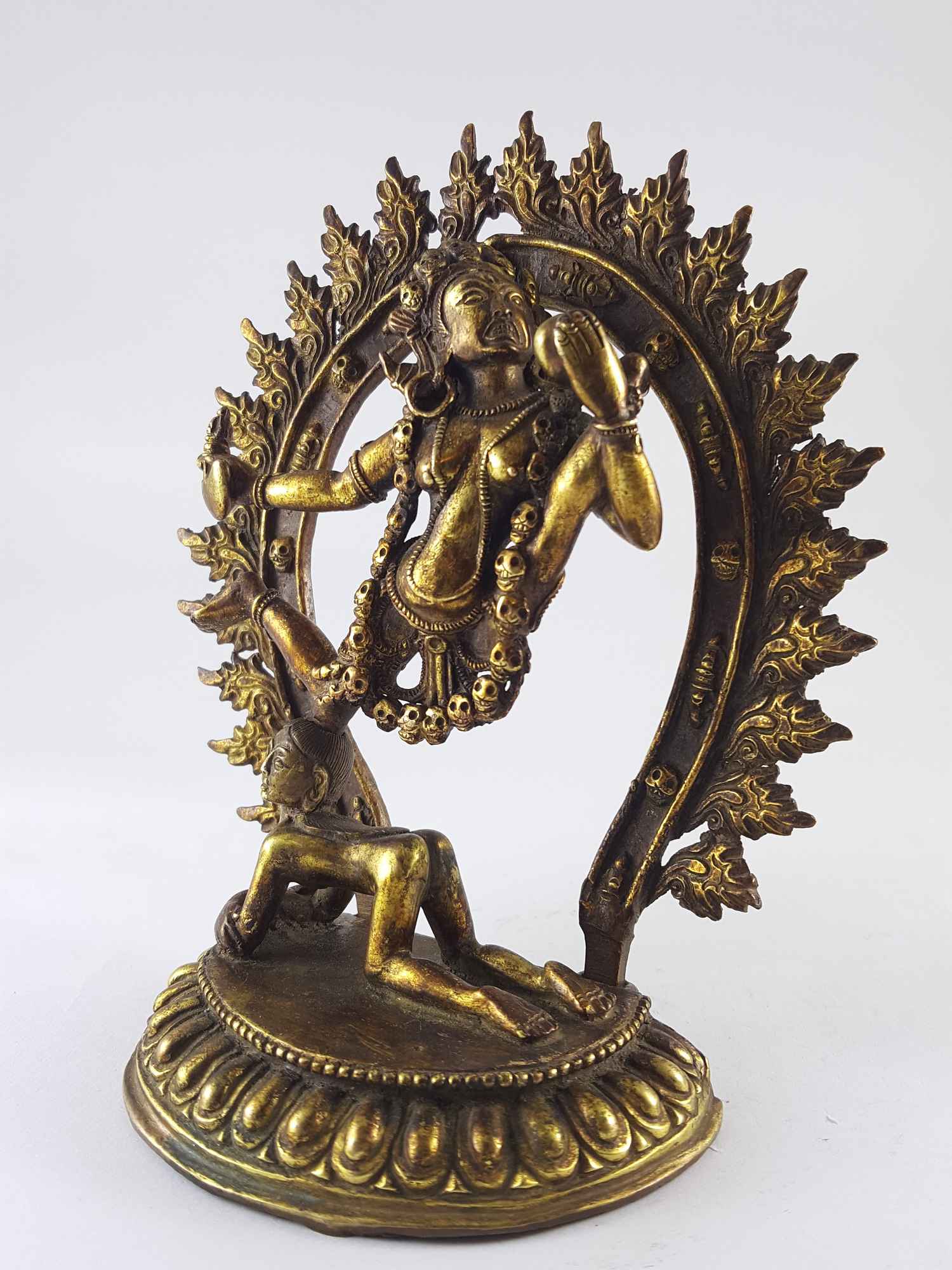 Rare Find, Akash Yogini, Vidyadhari, Statue - Copper
Rare Find, Akash Yogini, Vidyadhari, Statue - Copper 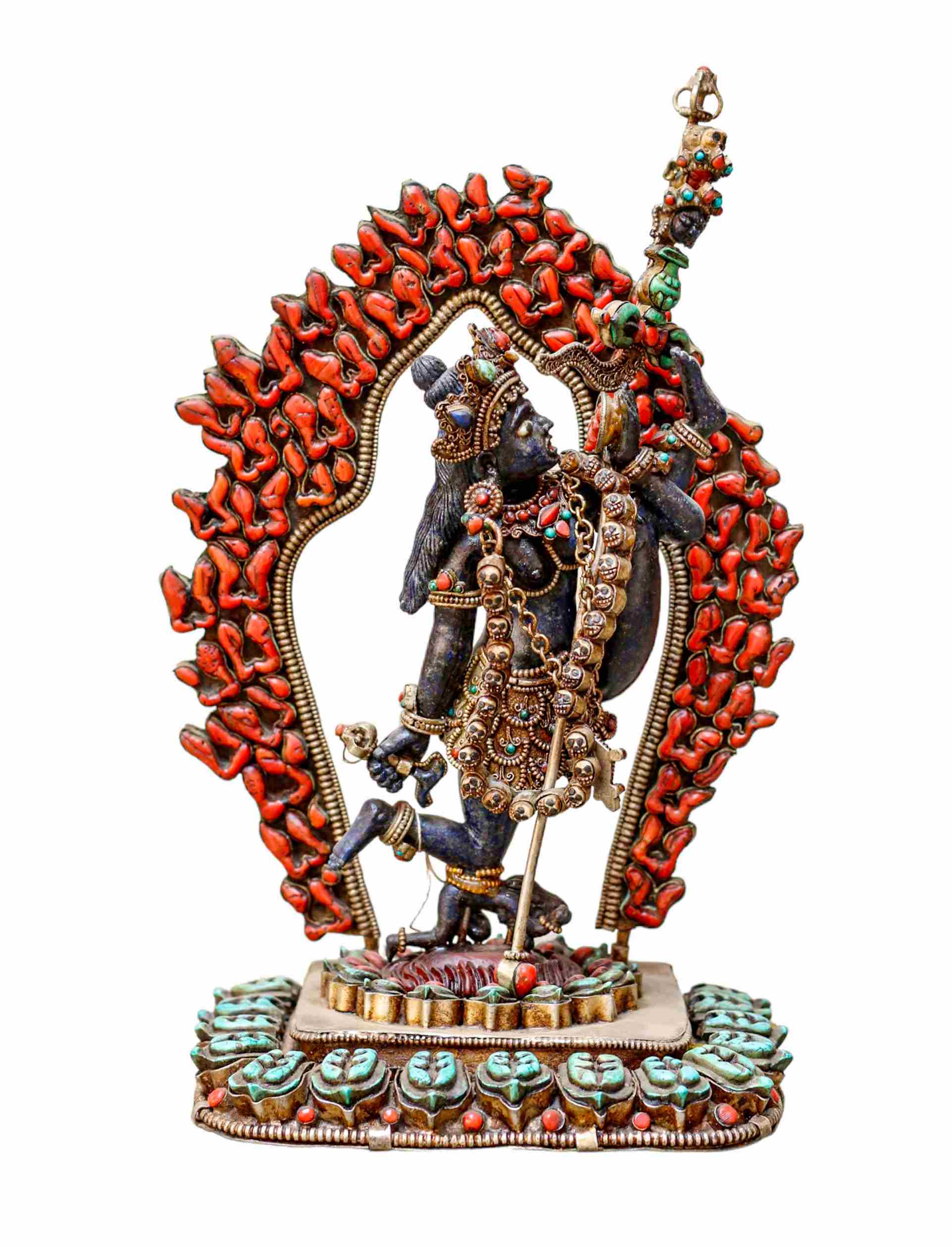 of White Metal Vajrayogini In
of White Metal Vajrayogini In 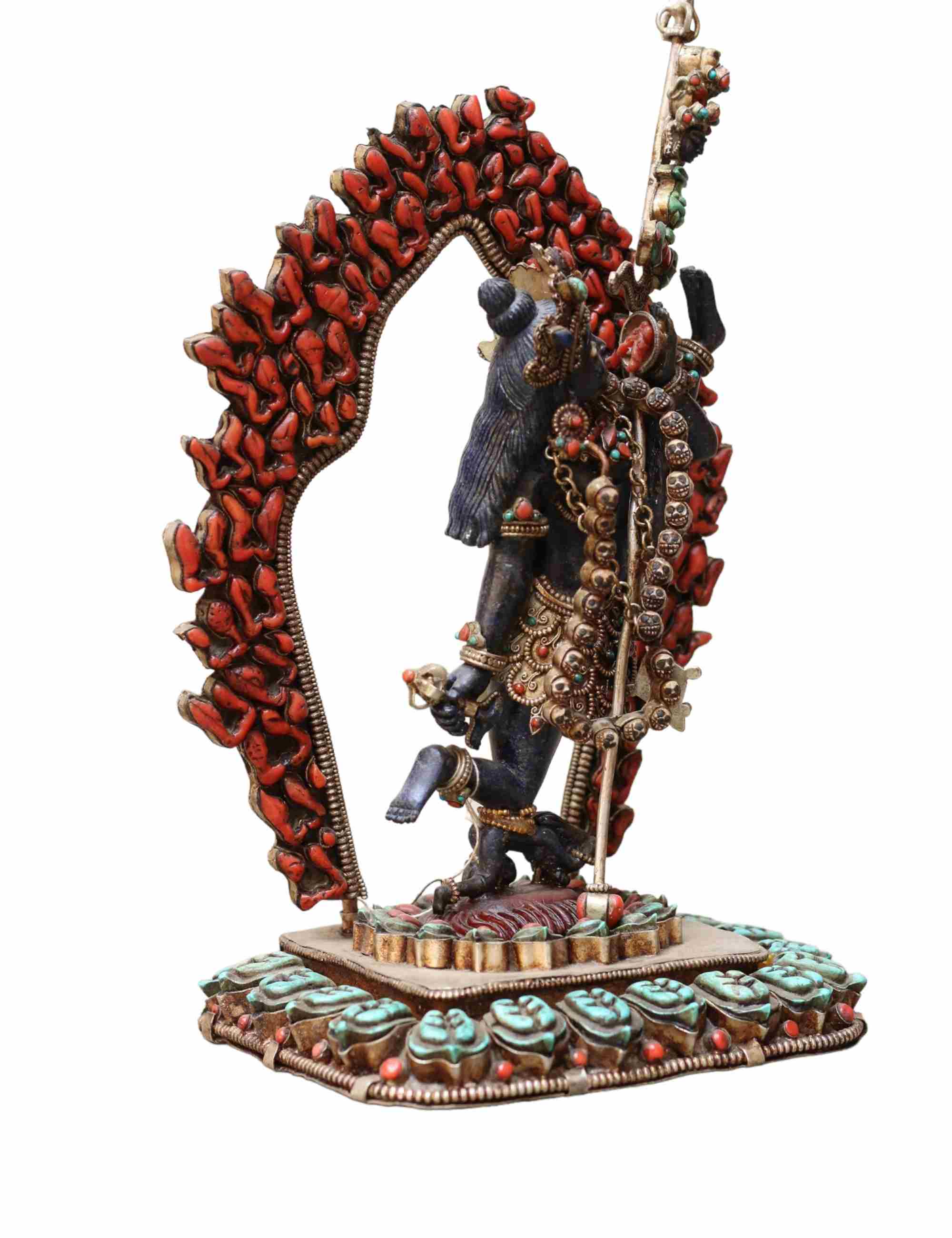 of White Metal Vajrayogini In
of White Metal Vajrayogini In 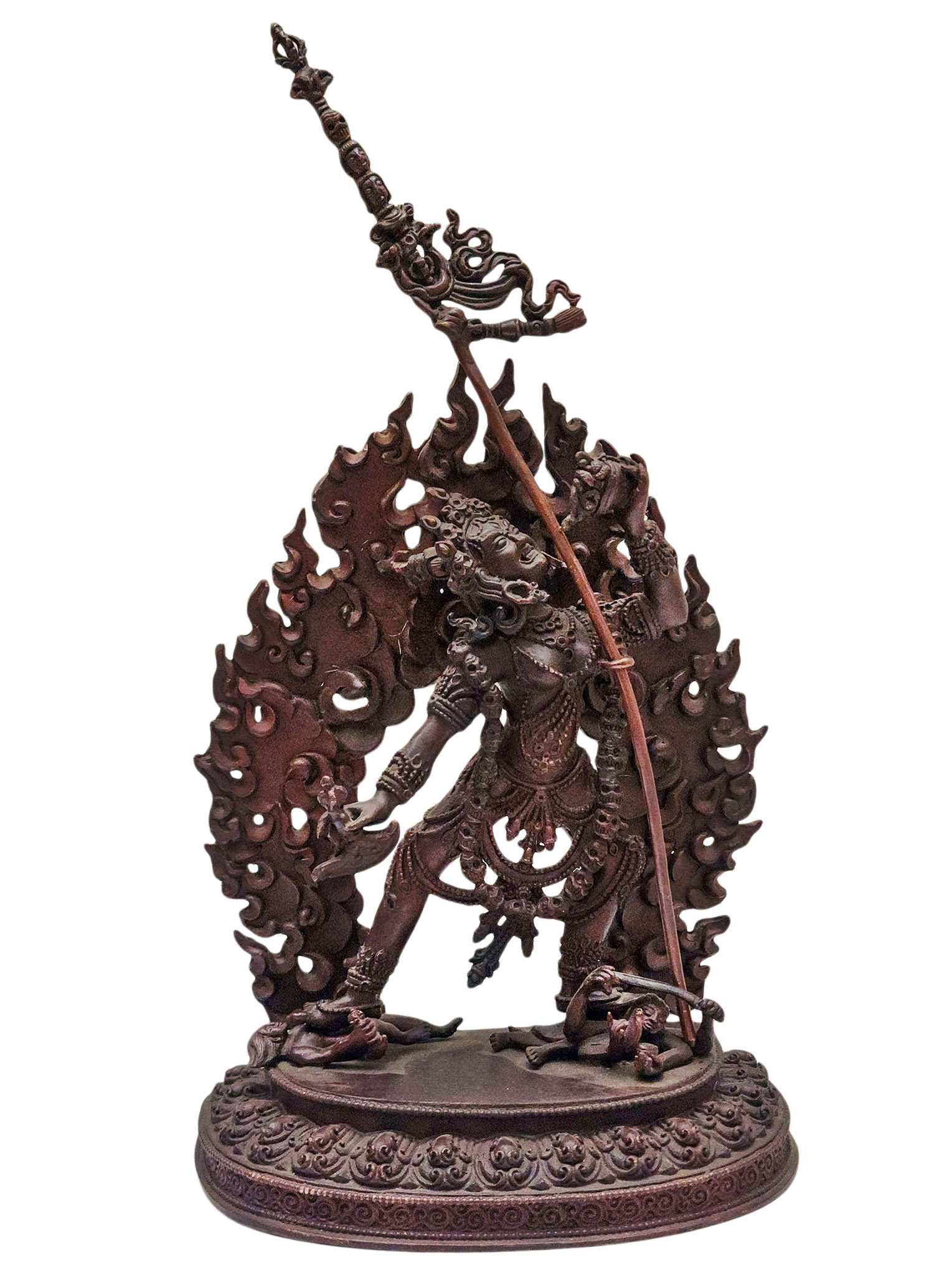 Vajrayogini, Buddhist Handmade Statue,
Vajrayogini, Buddhist Handmade Statue, 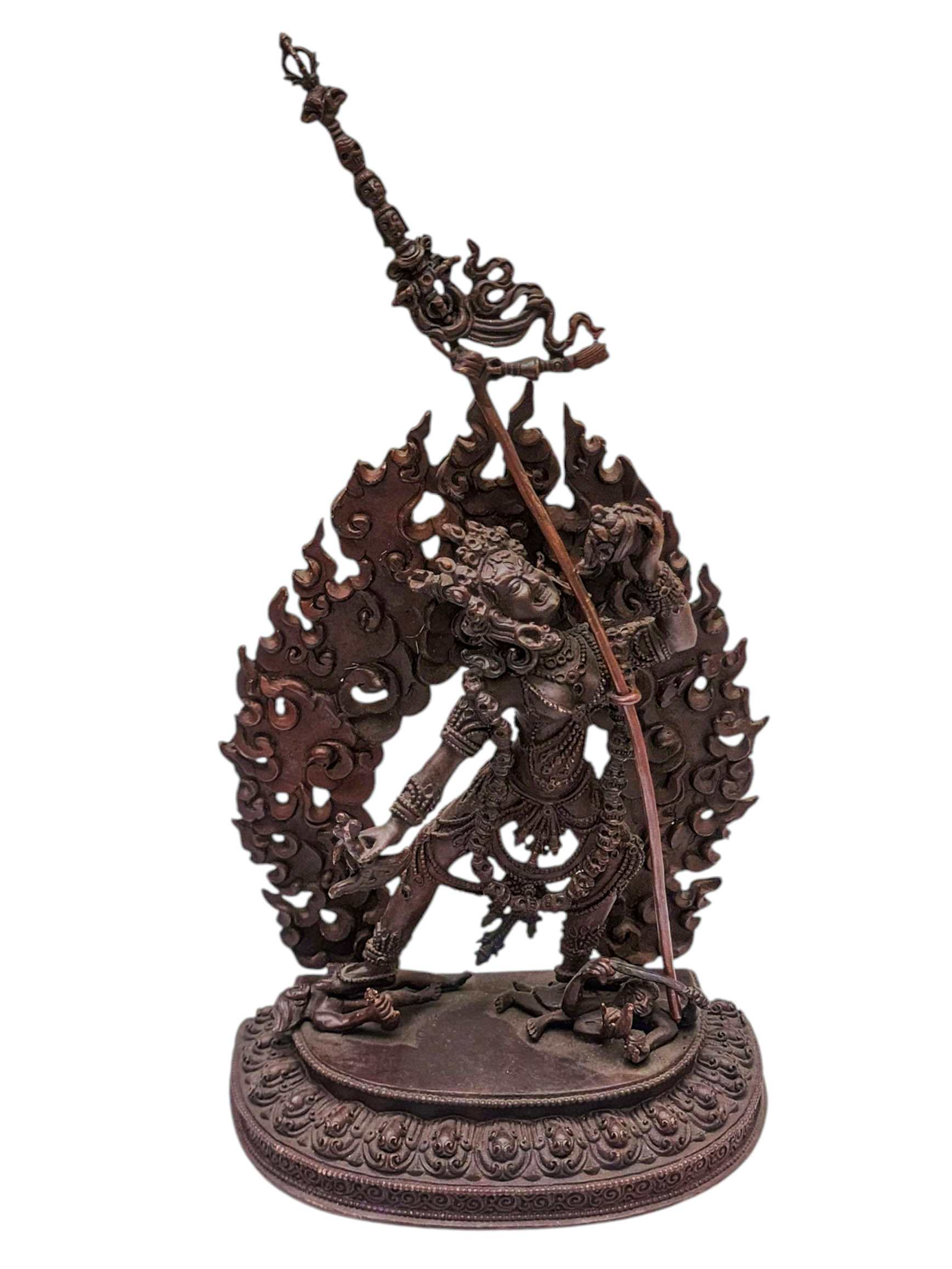 Vajrayogini, Buddhist Handmade Statue,
Vajrayogini, Buddhist Handmade Statue, 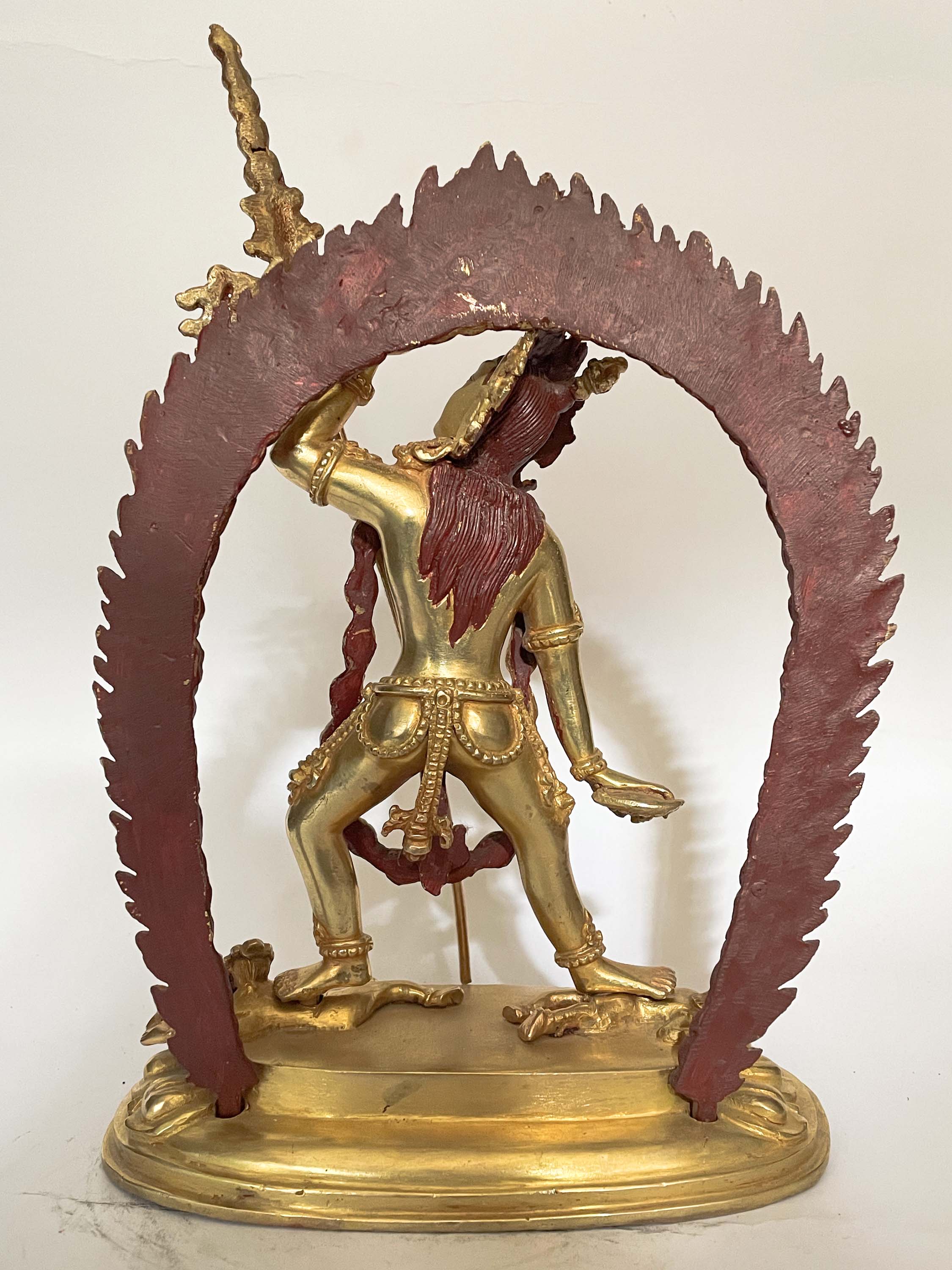 of Vajrayogini,
of Vajrayogini, 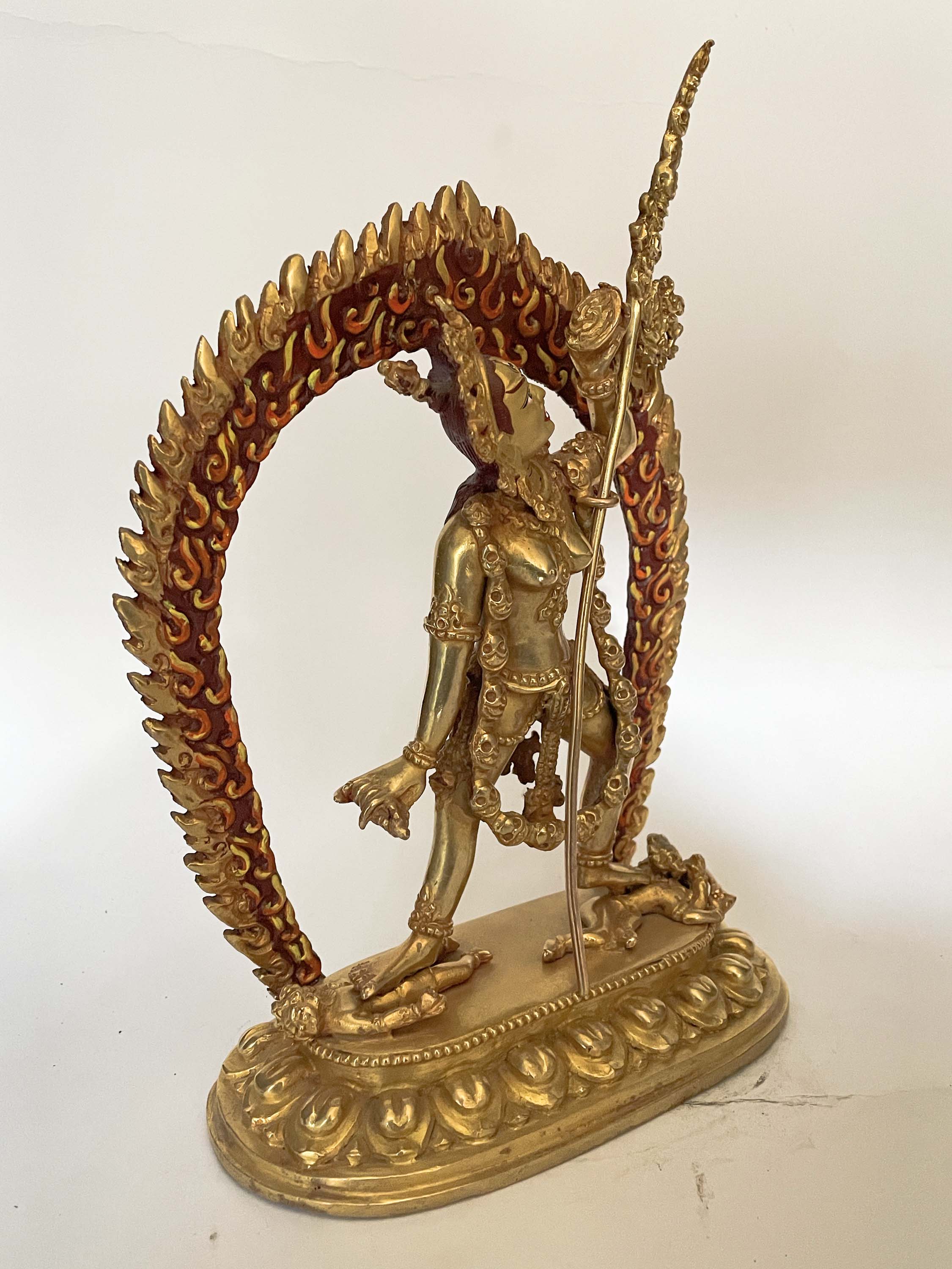 of Vajrayogini,
of Vajrayogini, 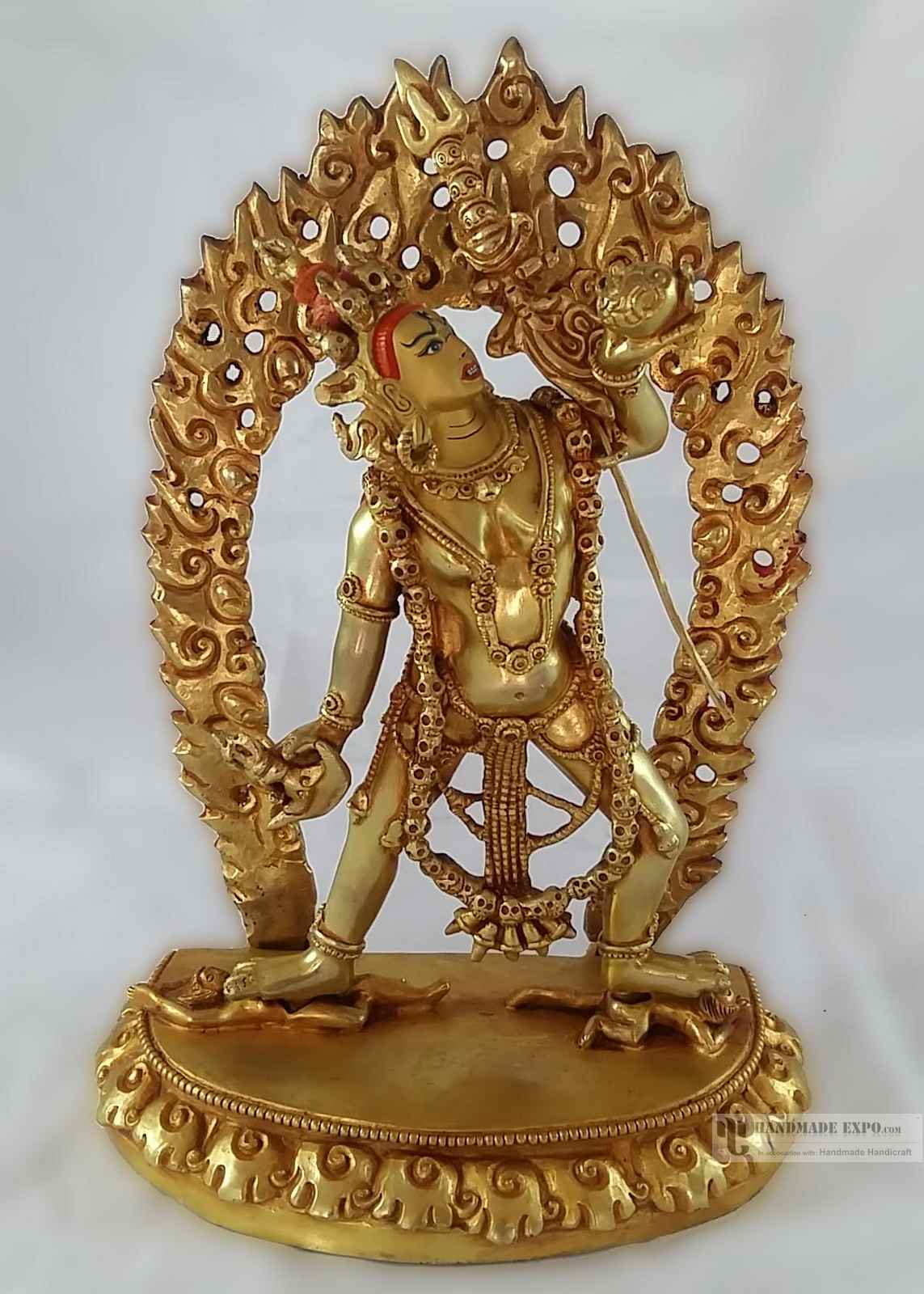 of Vajrayogini-
of Vajrayogini- 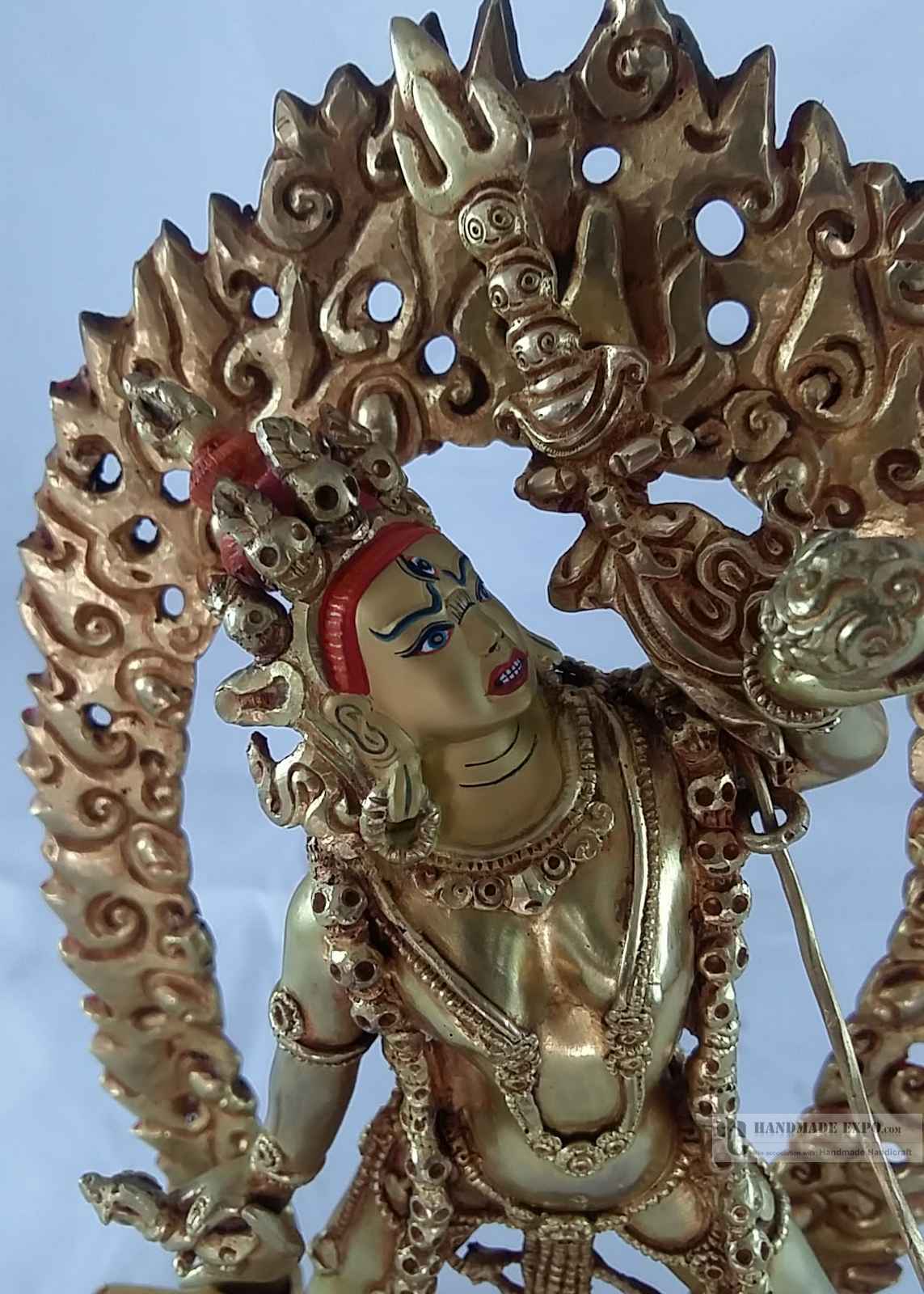 of Vajrayogini-
of Vajrayogini- 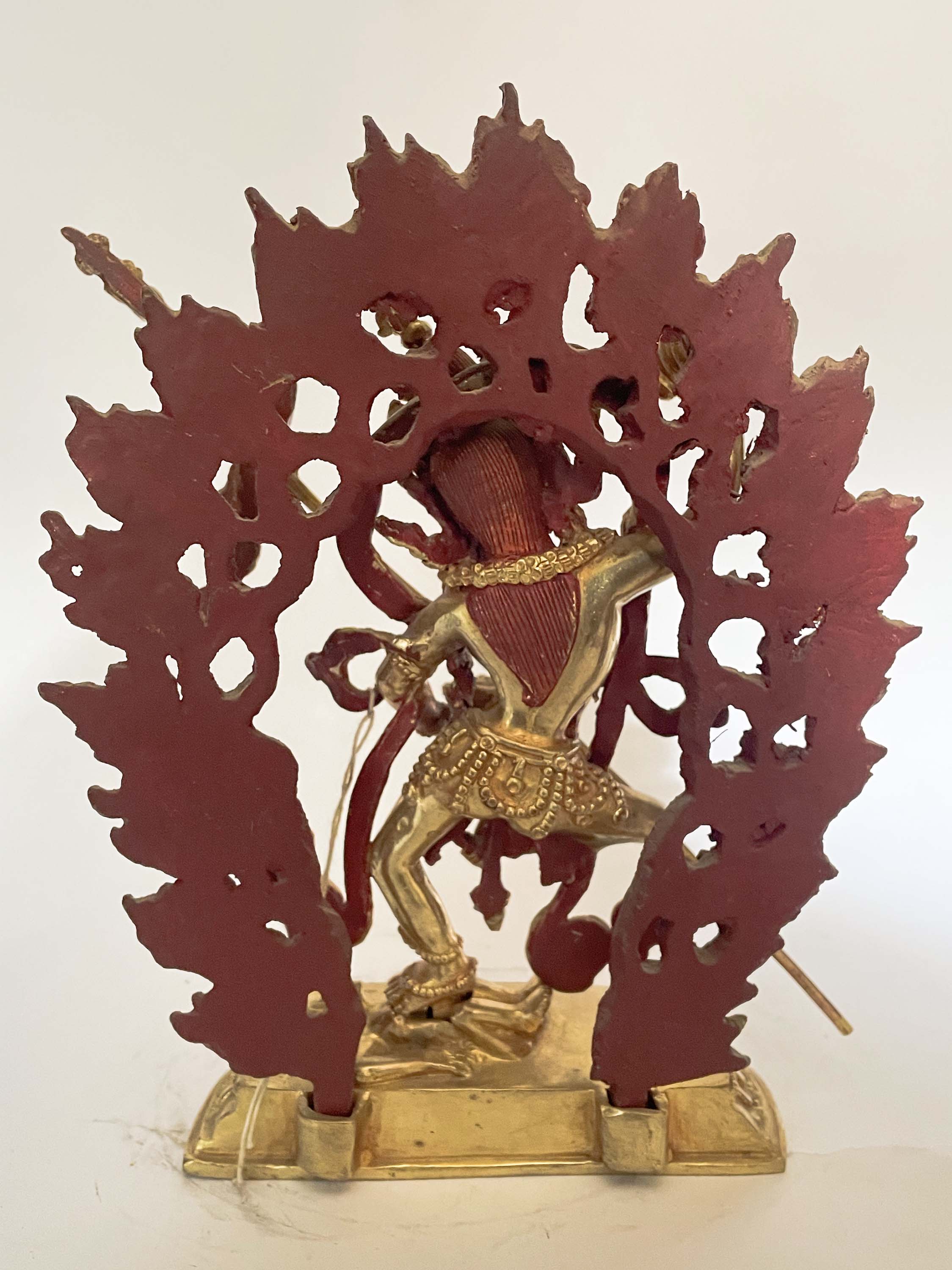 of Nairatma Yogini - Torma Nagmo,
of Nairatma Yogini - Torma Nagmo, 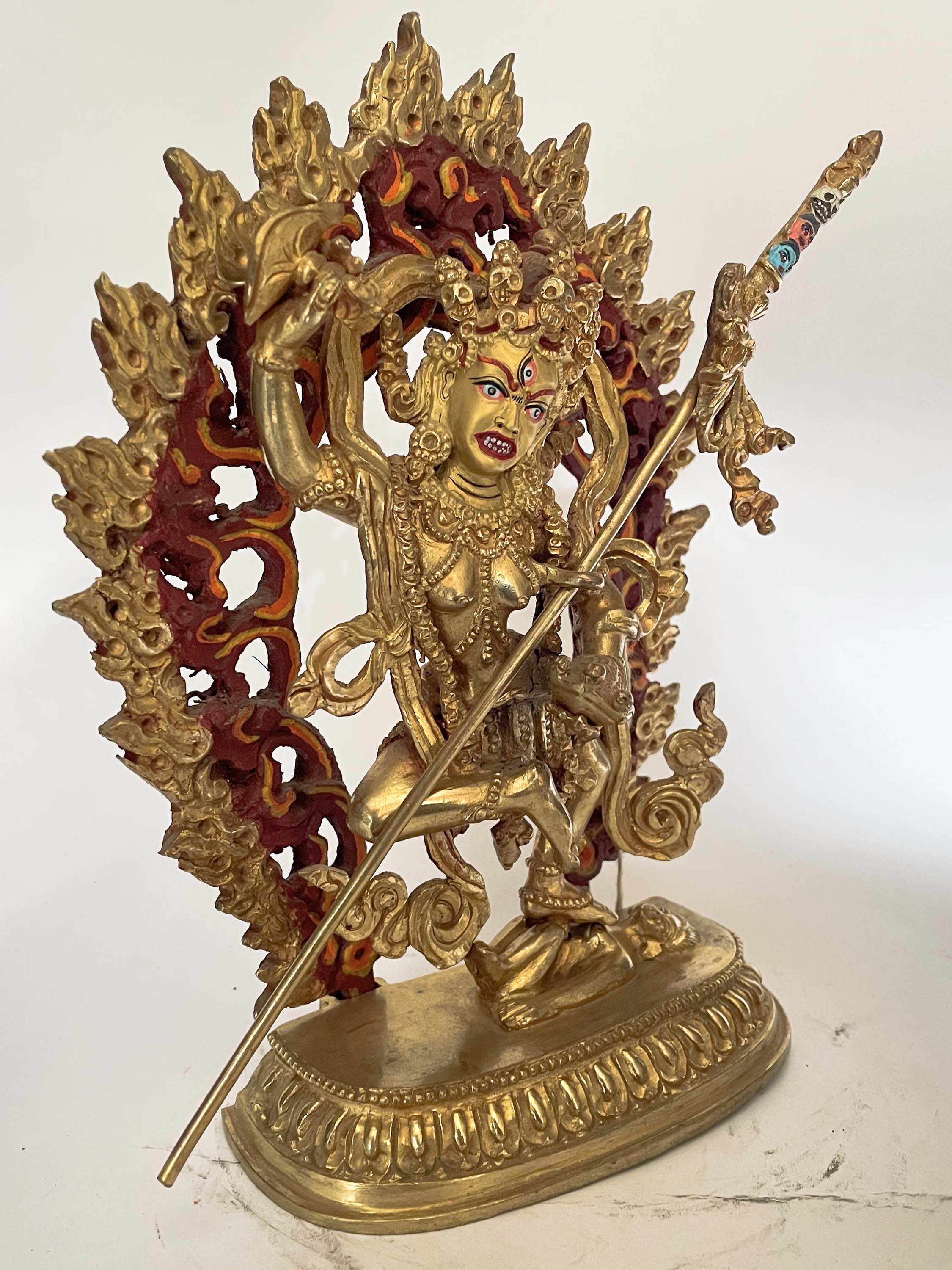 of Nairatma Yogini - Torma Nagmo,
of Nairatma Yogini - Torma Nagmo,